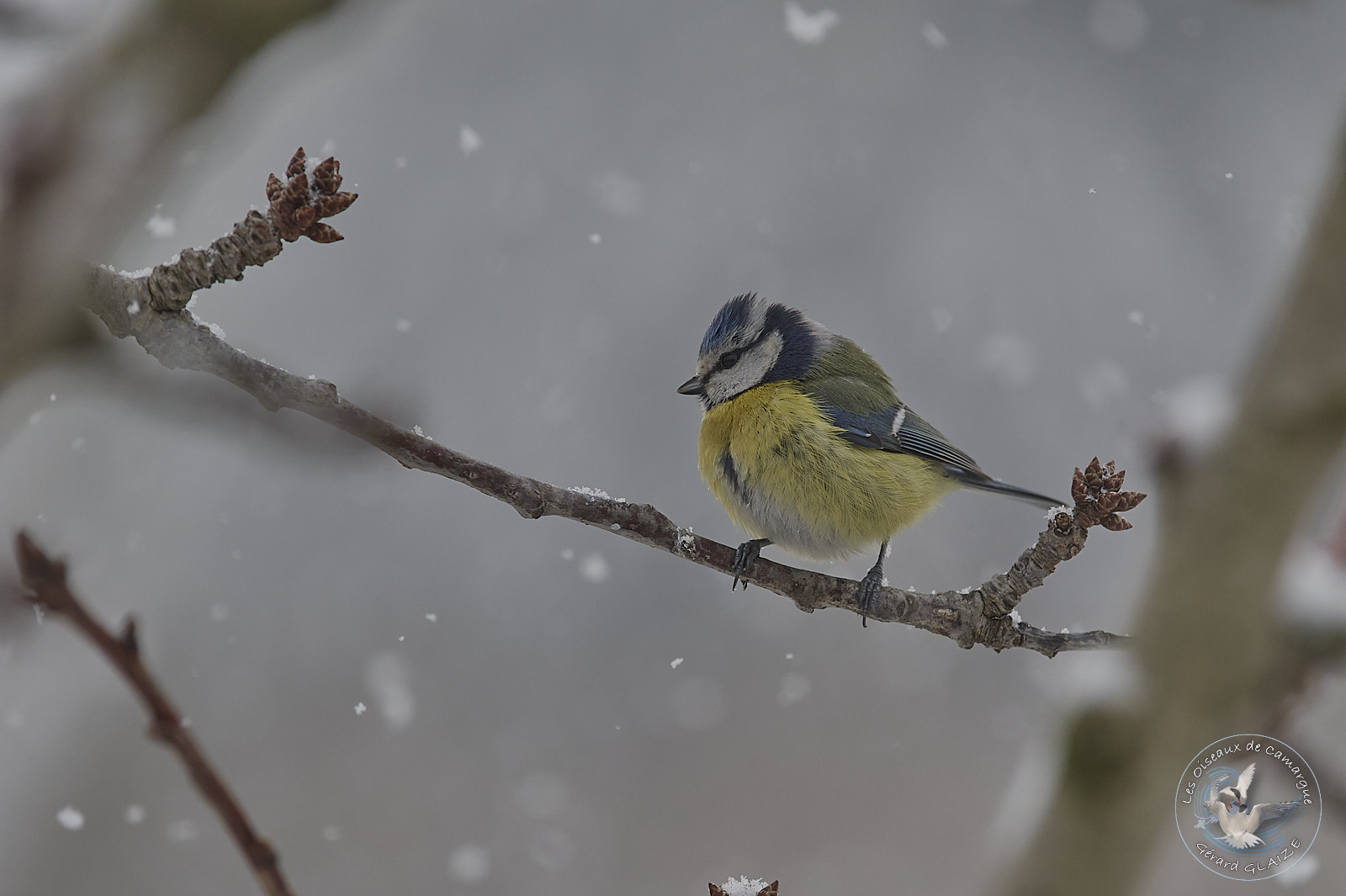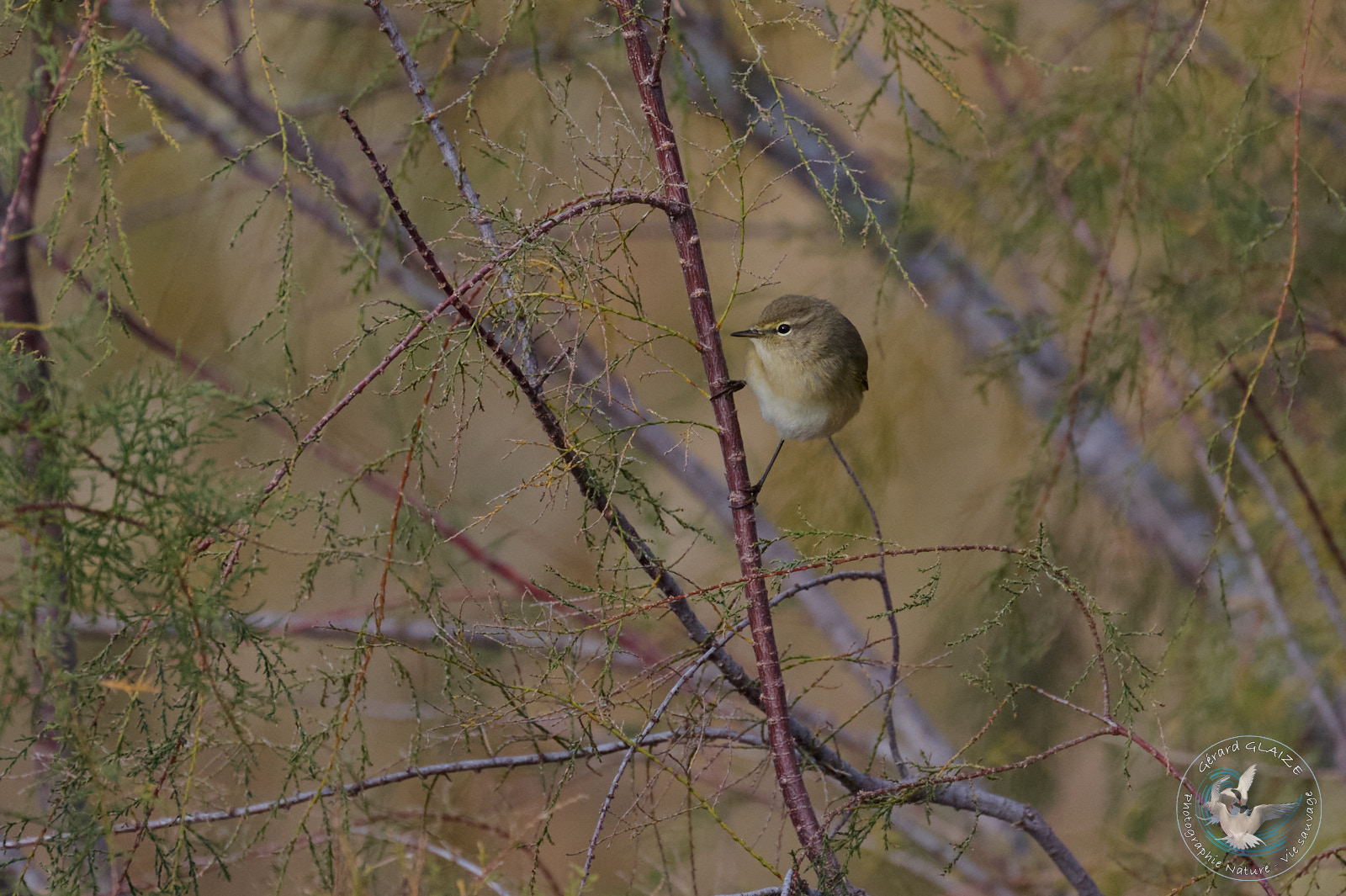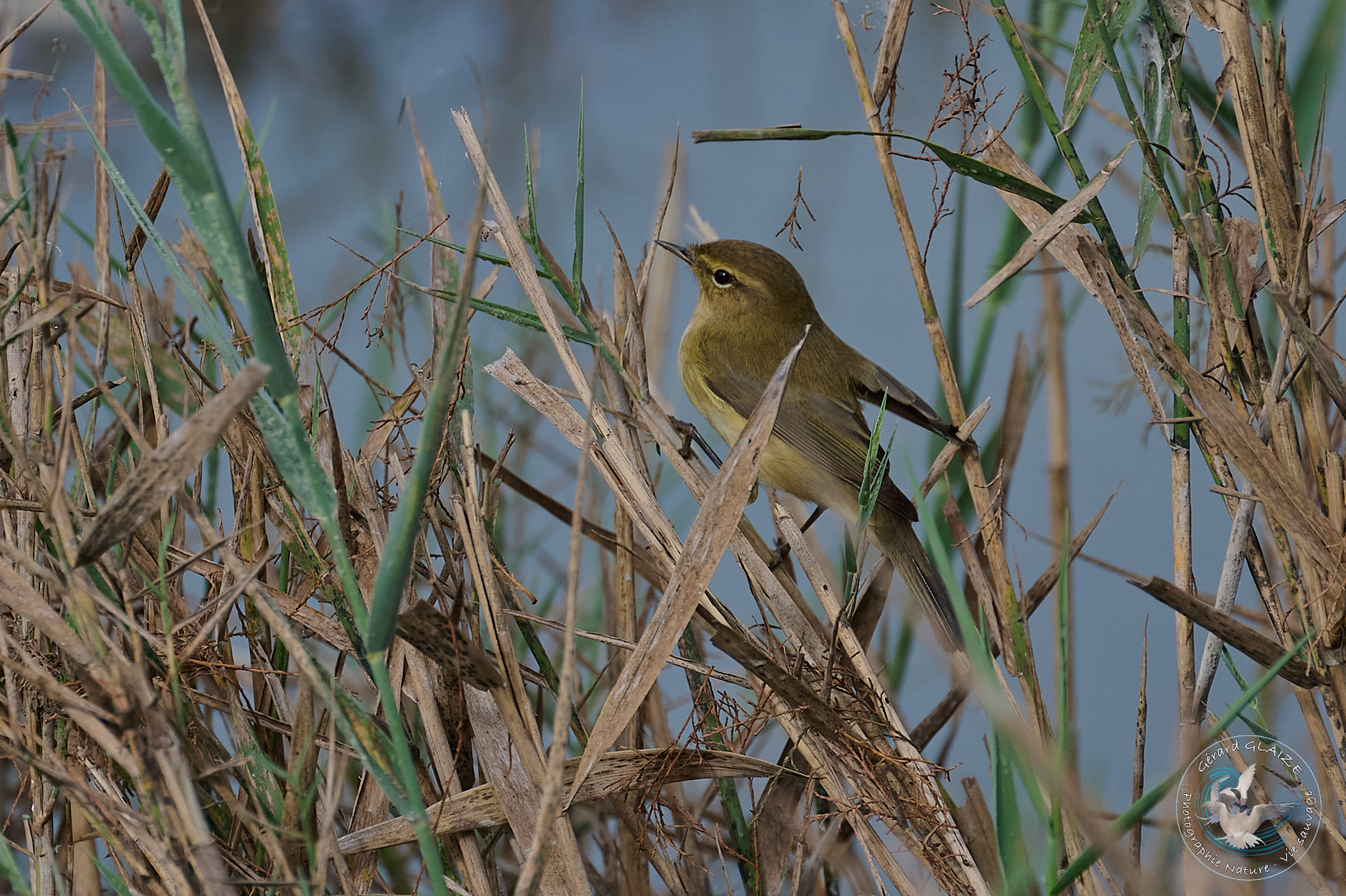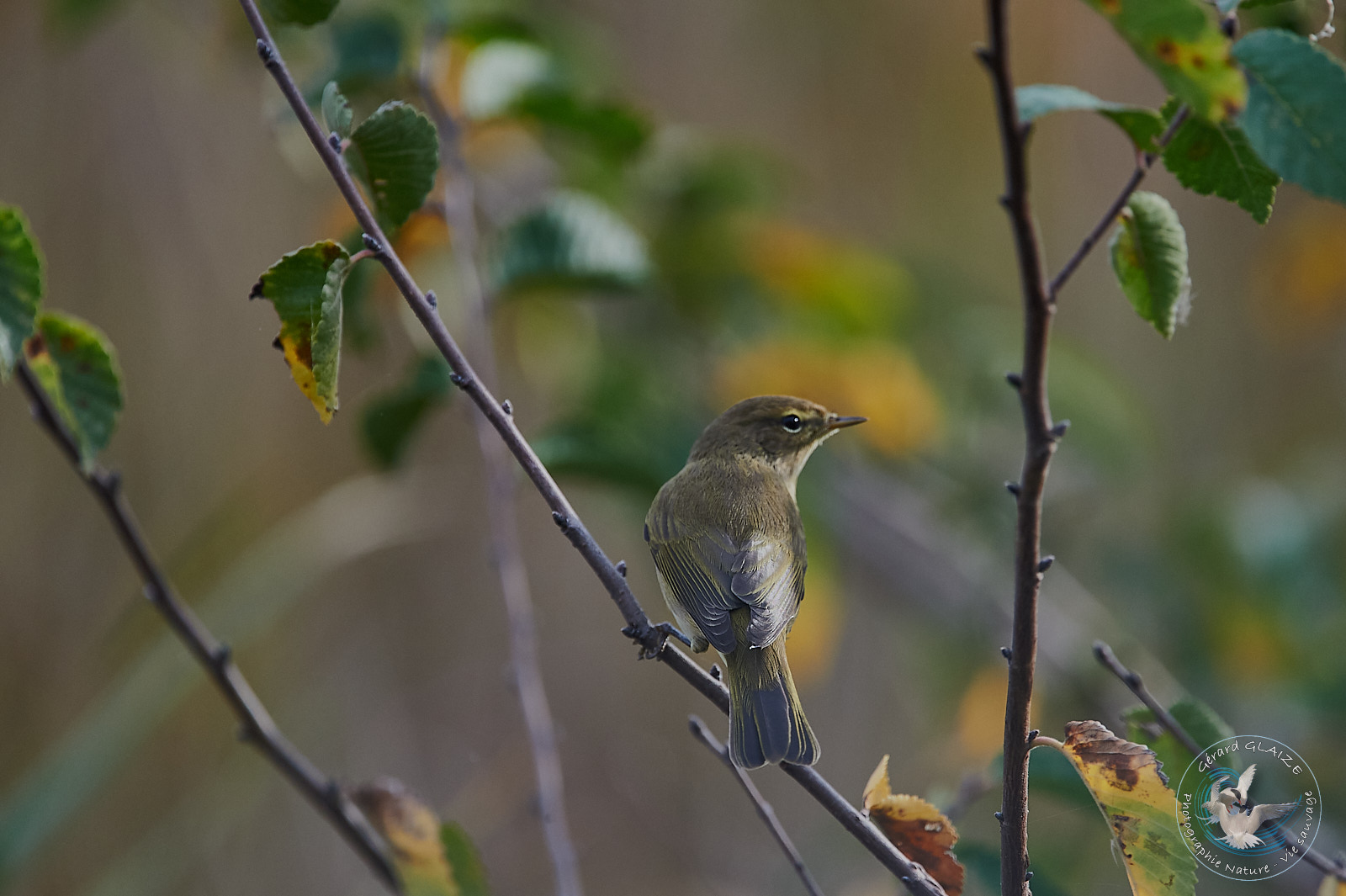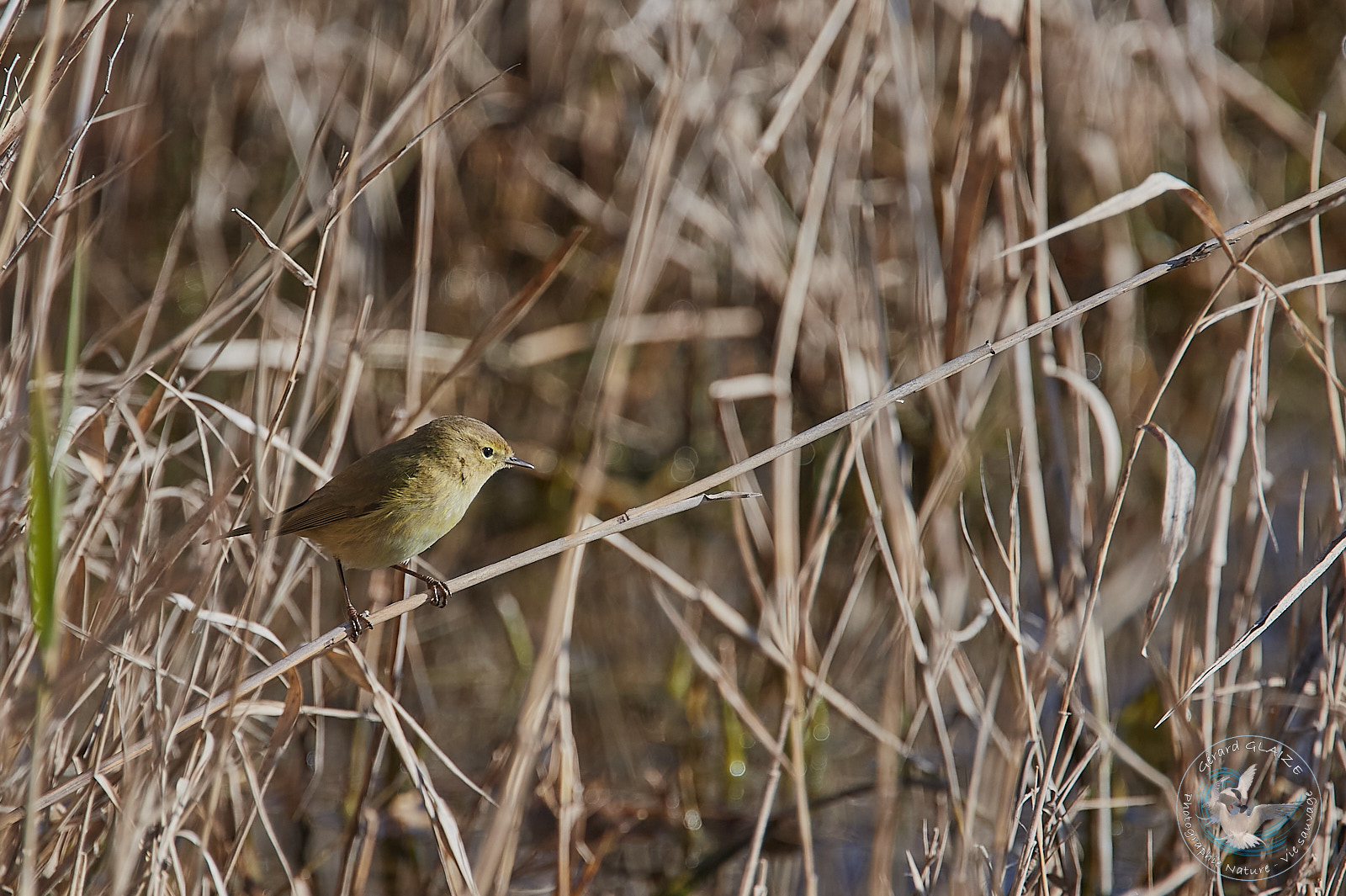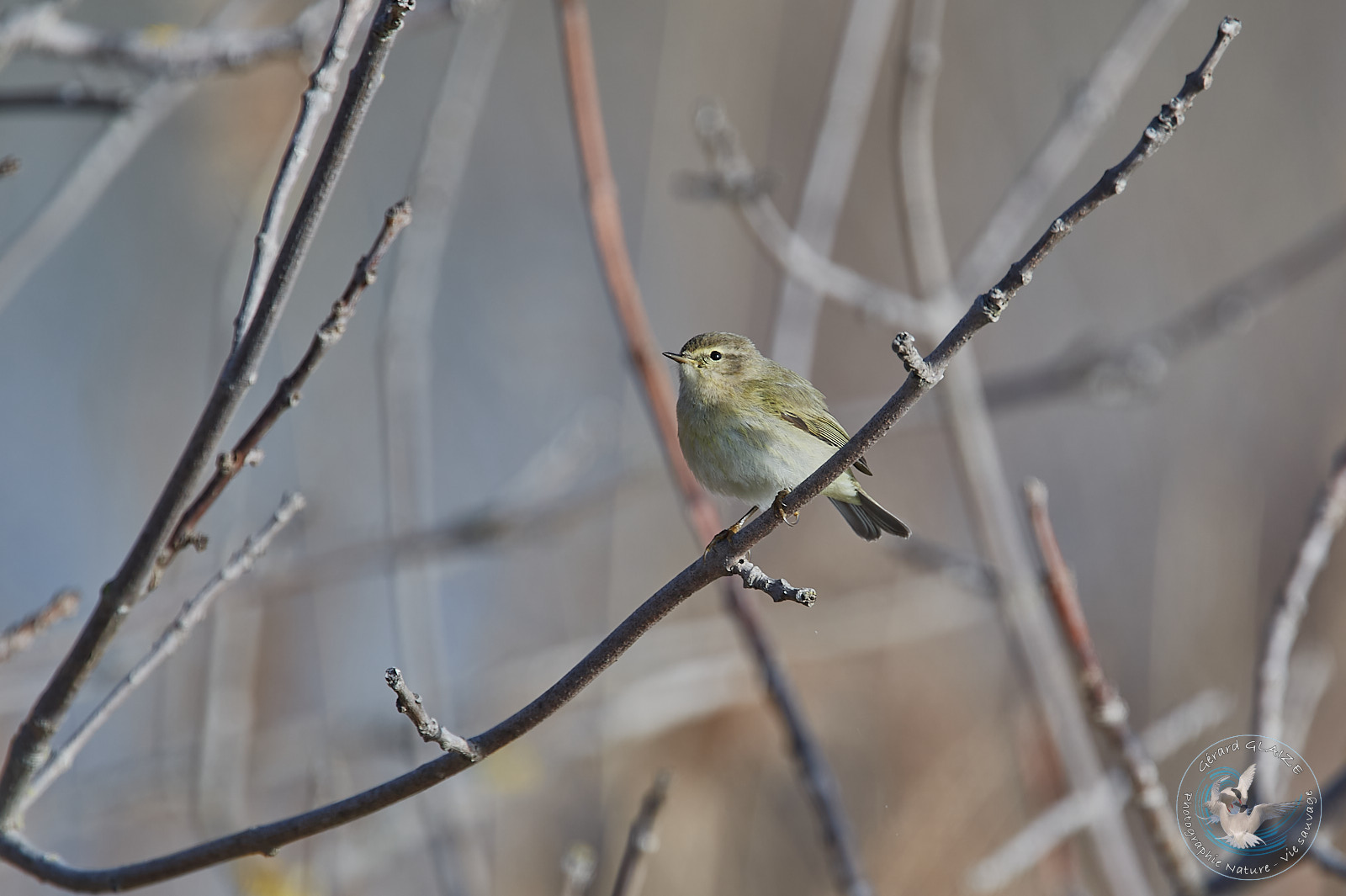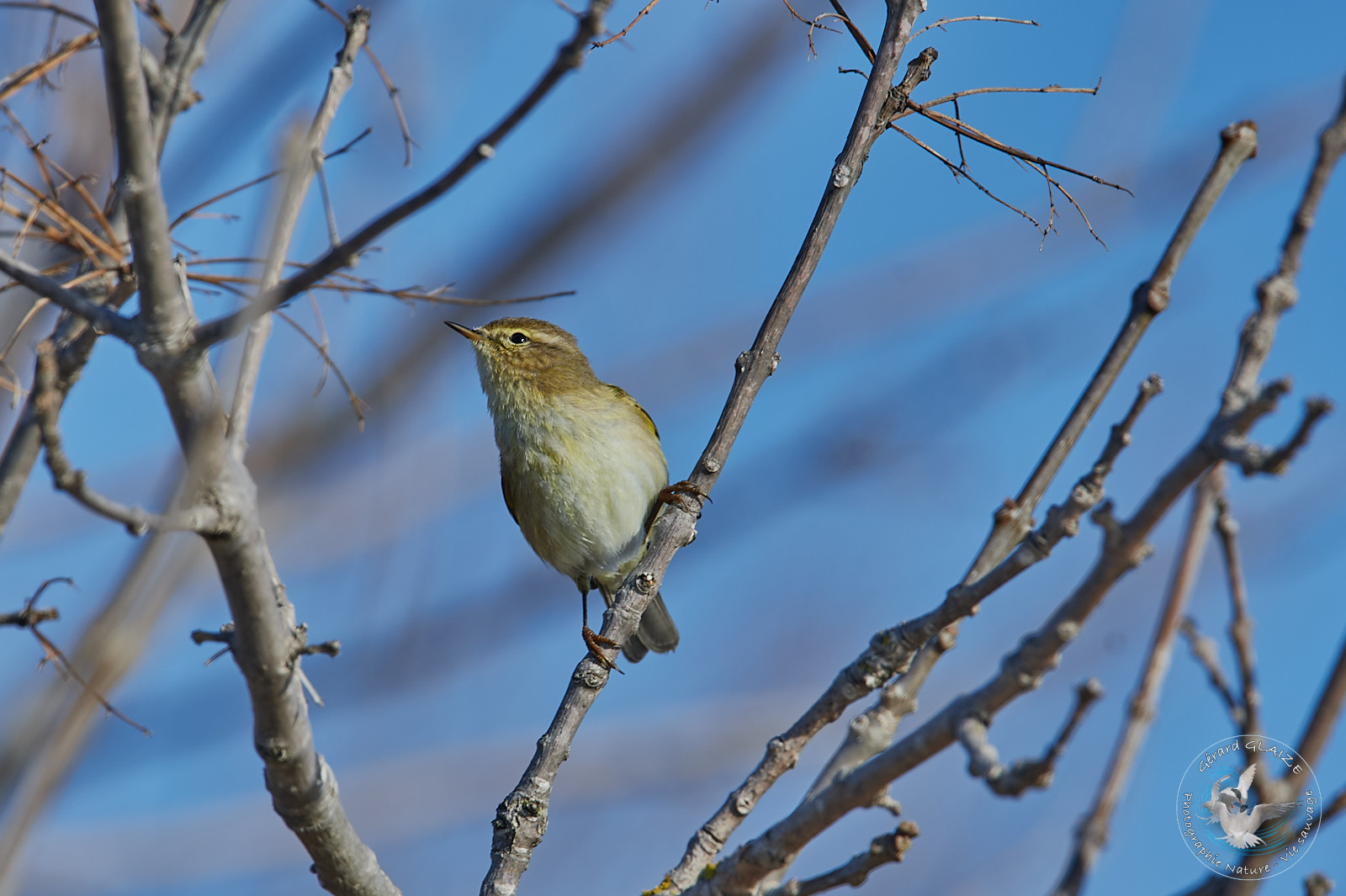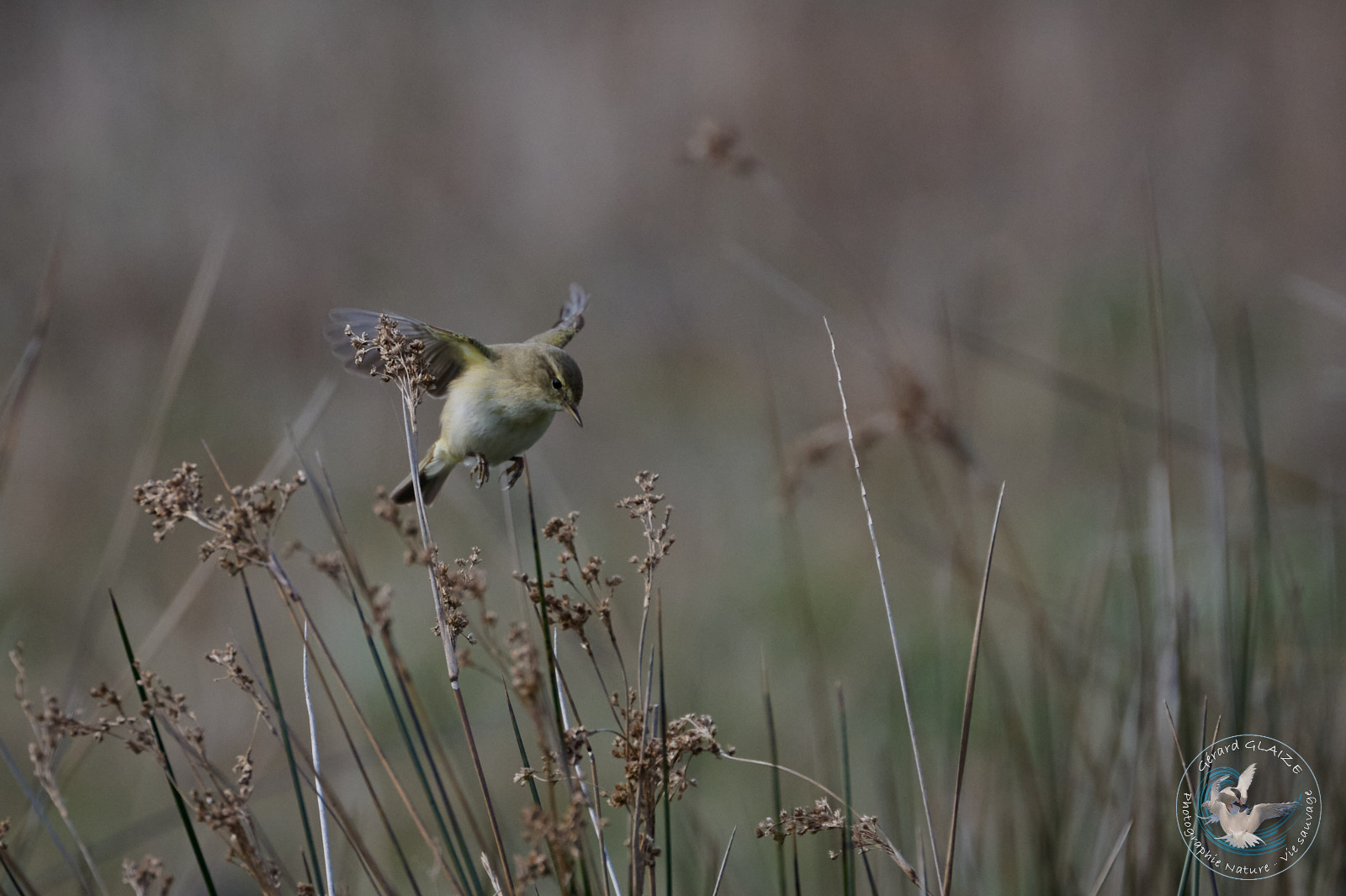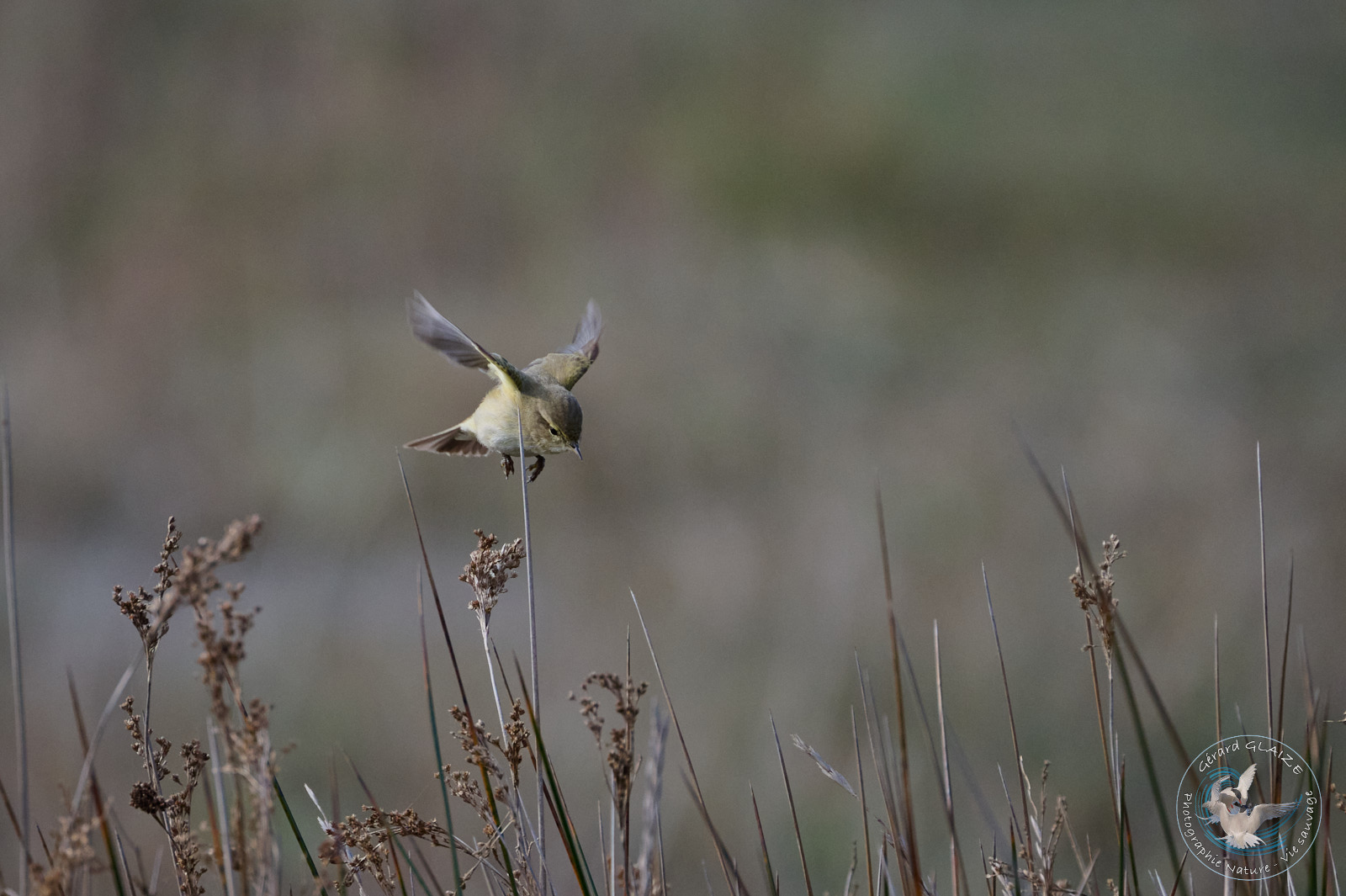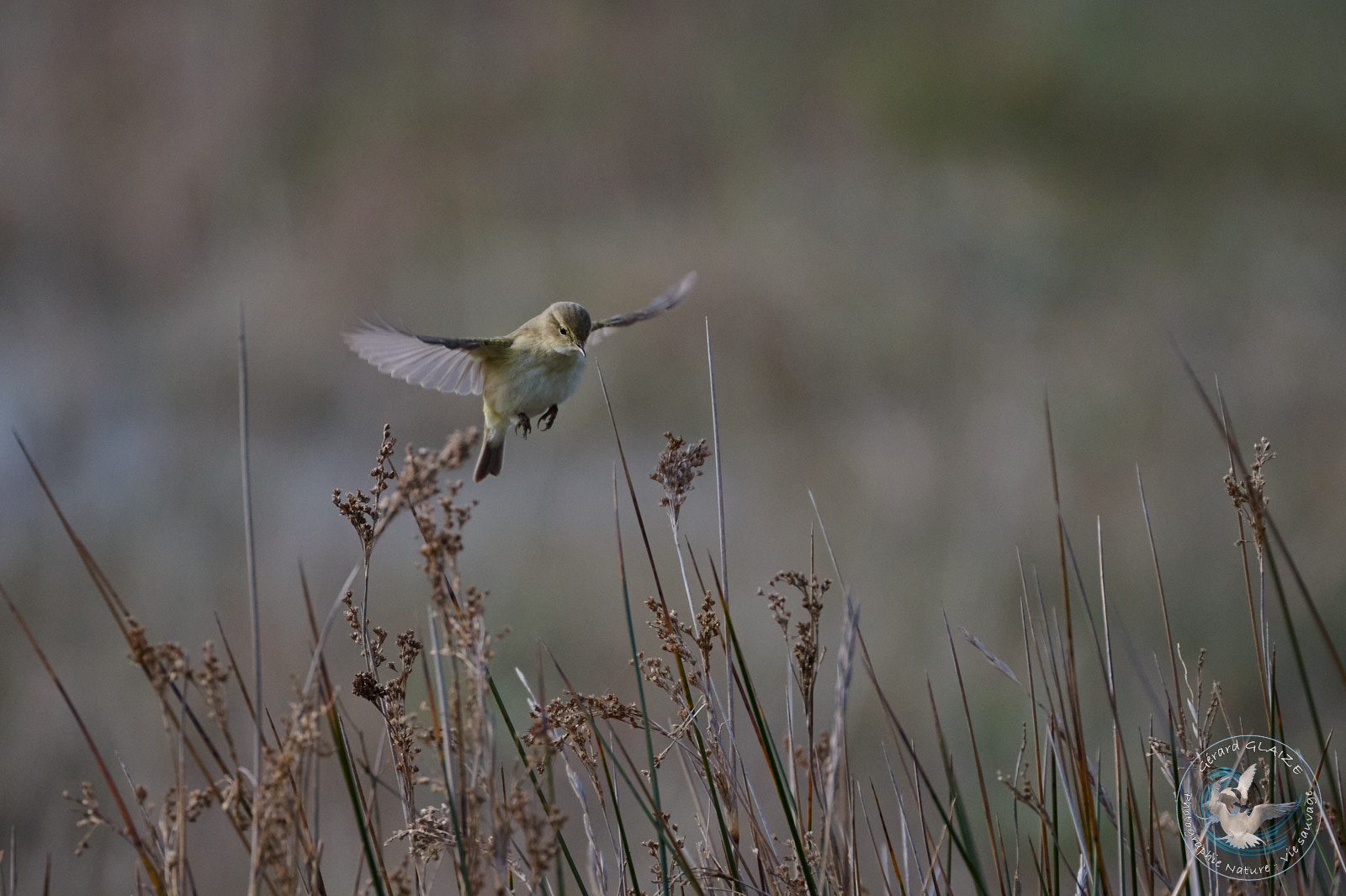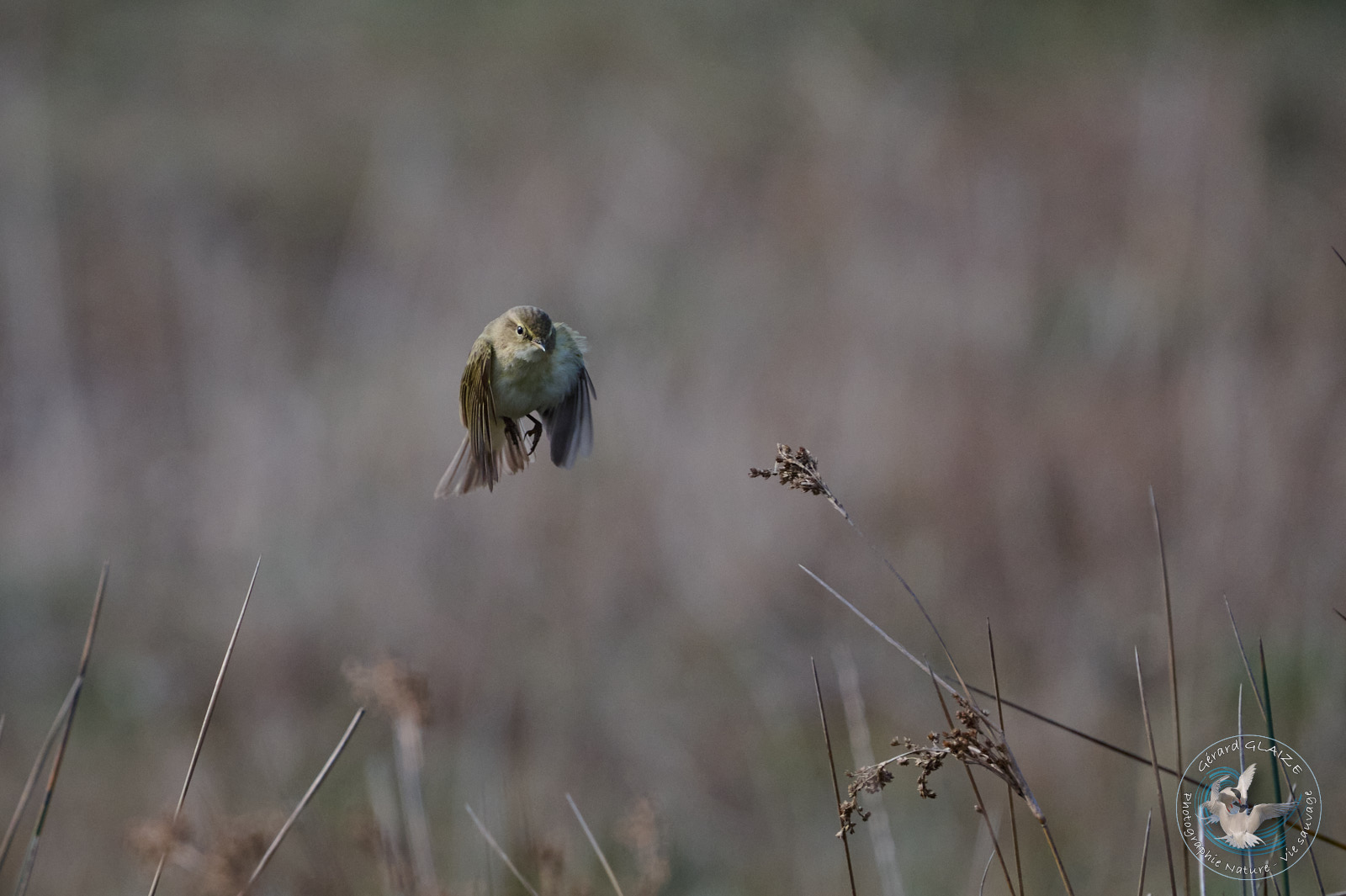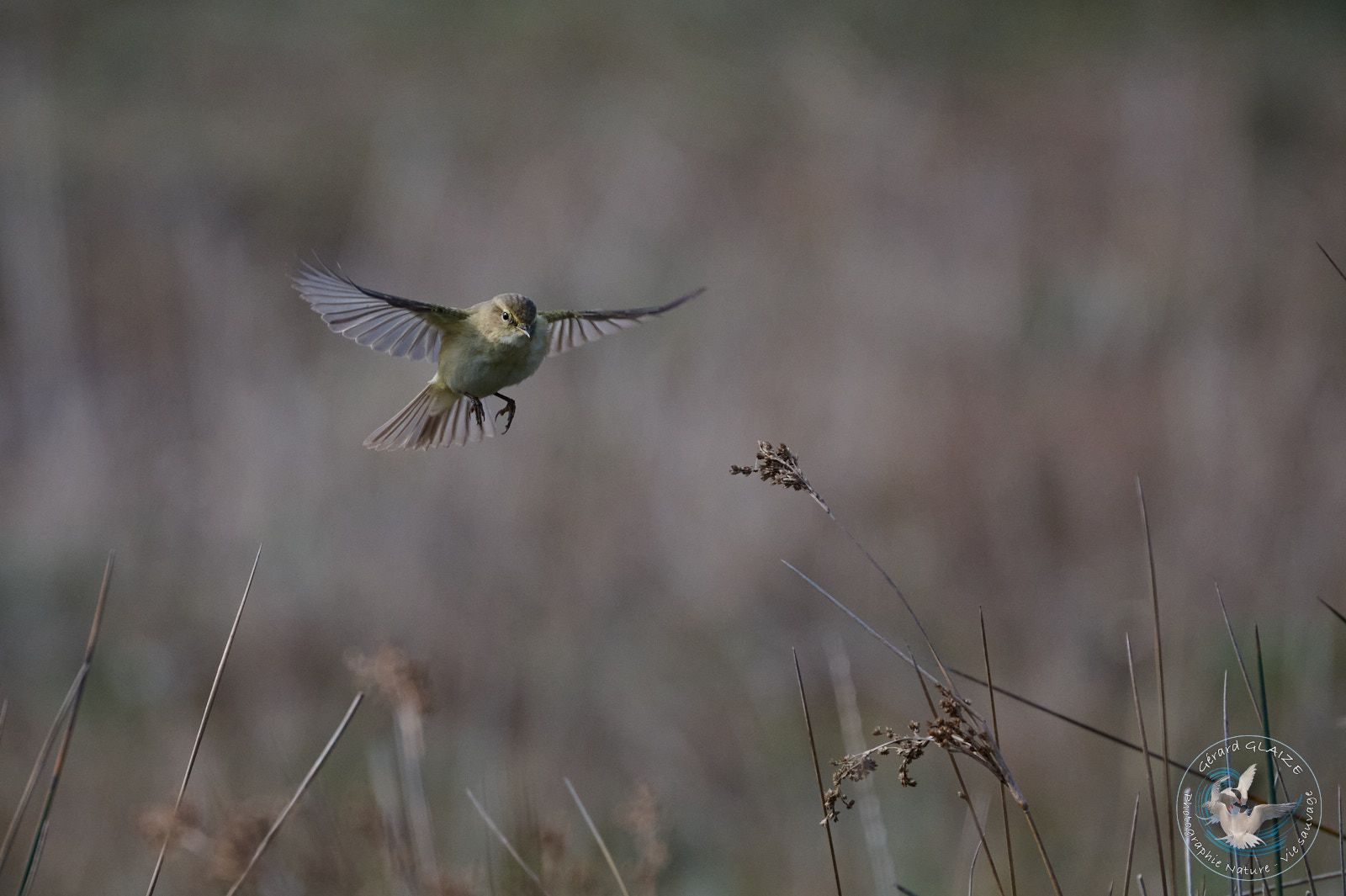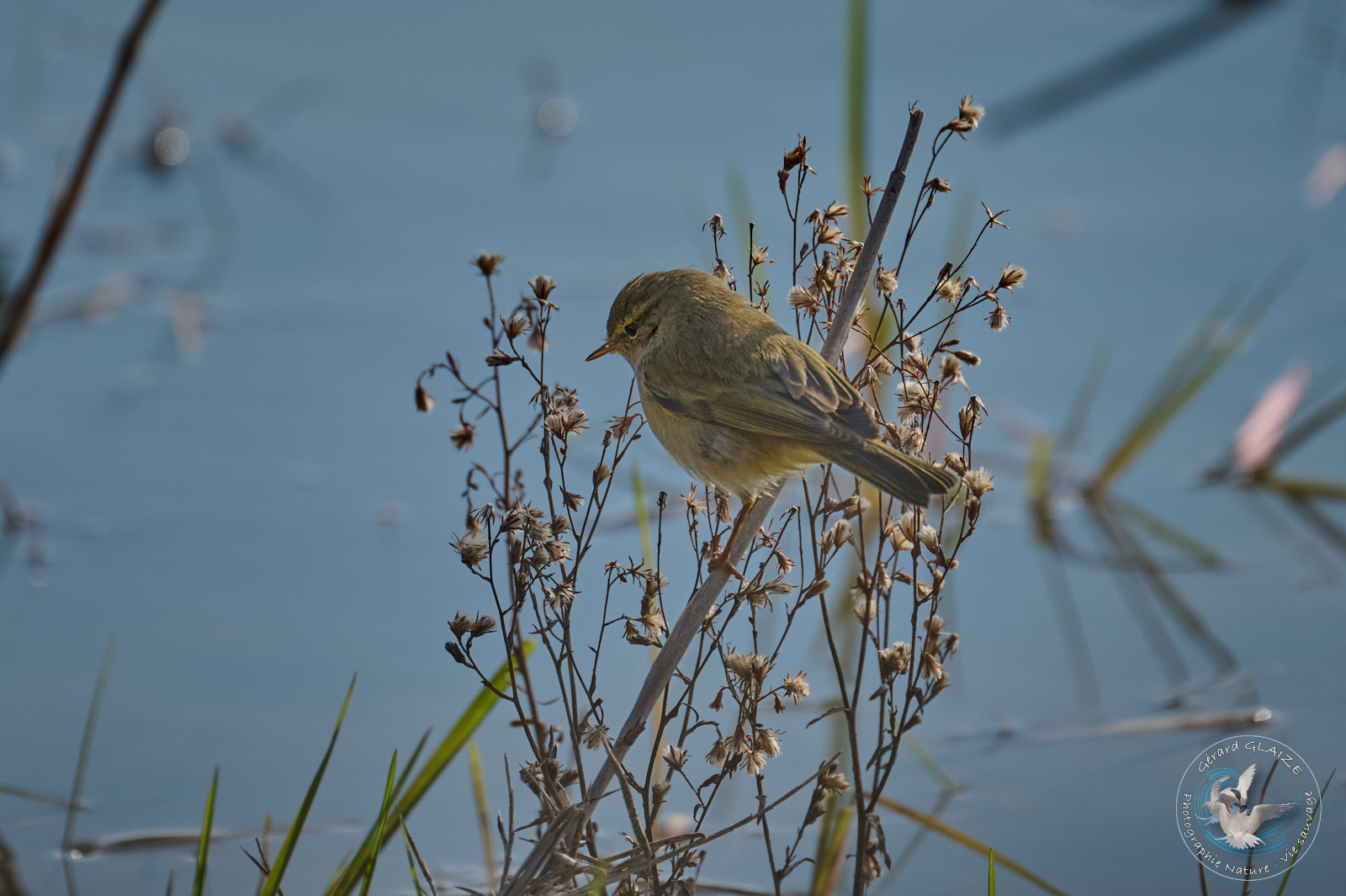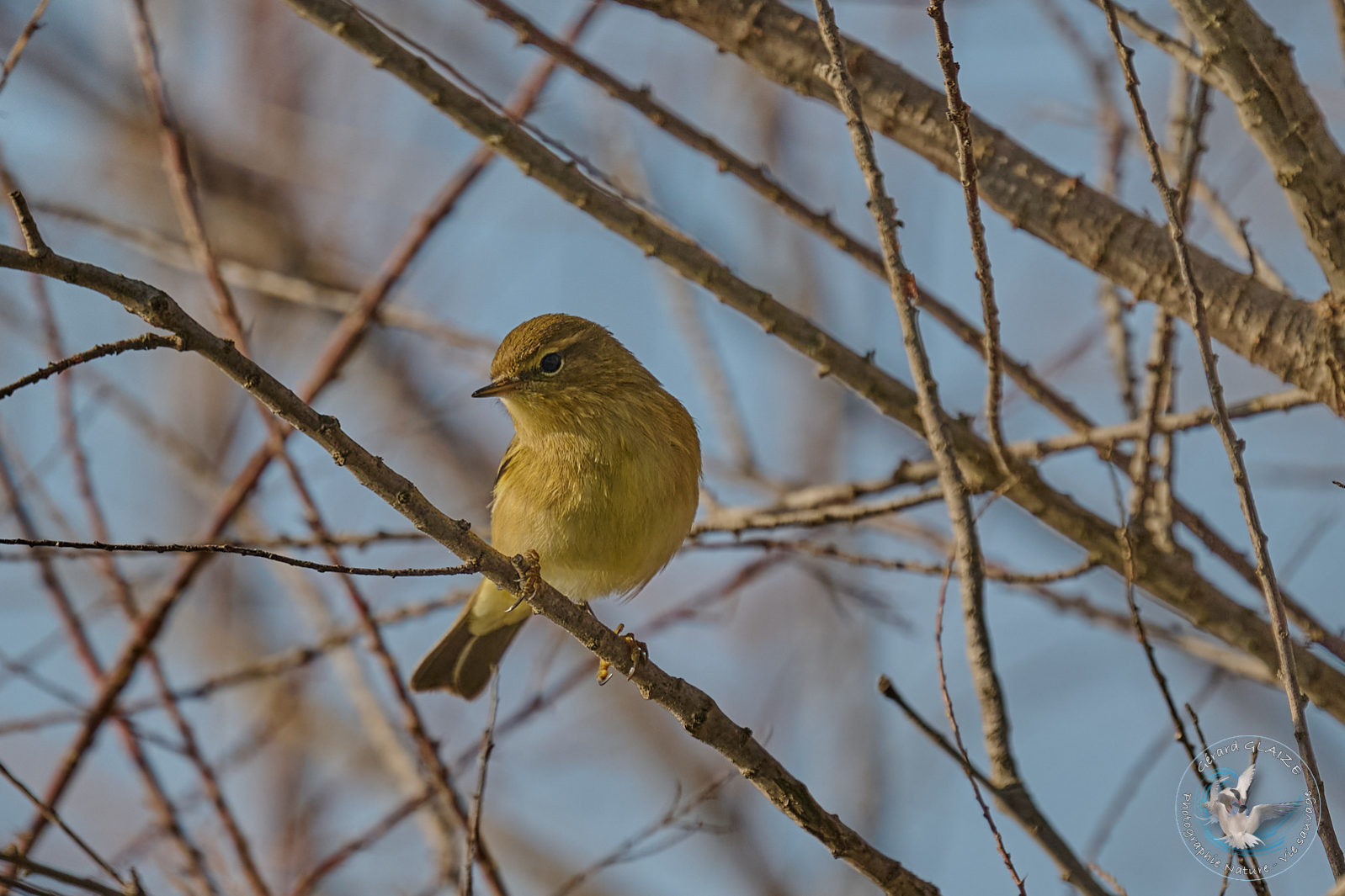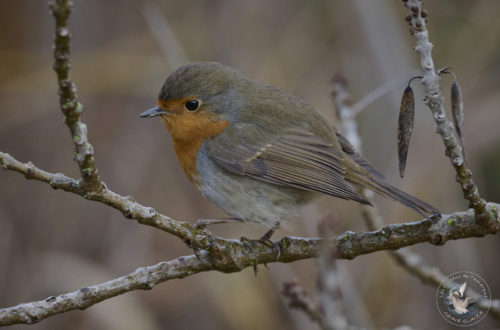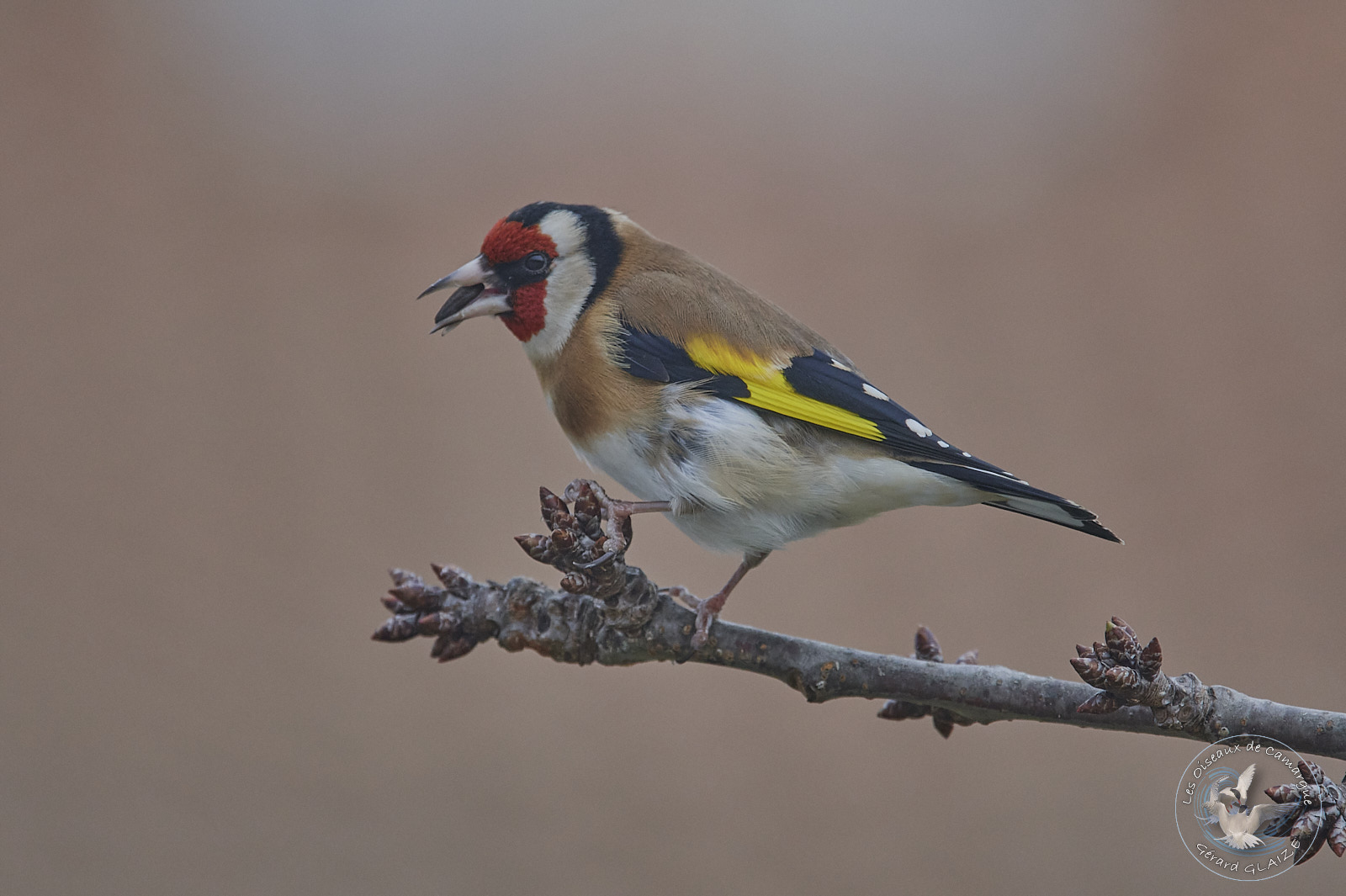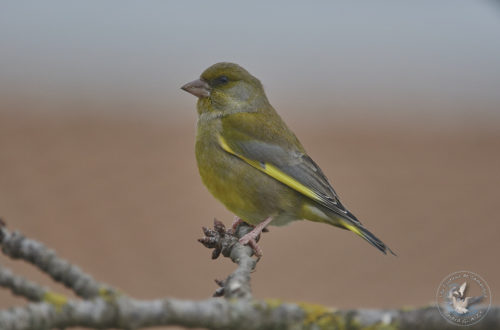Common Chiffchaff
Common Chiffchaff is a small bird with thin legs and beak. The tail, narrow and short, is cut straight. This is almost uniformly greenish gray above and white or yellowish white below. It has fairly dark legs, which allows it to be differentiated from the Willow Warbler. He has a pale eyebrow which is not very visible. Possible confusion with other chiffchaffs and some sylvids. It is a restless and not very shy bird.
Common Chiffchaff is one of ten very small passerine birds found in France.
Common Chiffchaff
Scientific name : Phylloscopus collybita
Family : Phylloscopidae
Size : 11 à 12 cm approximately
Weight : from 6 gr to 9 gr
IUCN Conservation Status: LC
Flight
Direct flight from one tree to another. In the vegetation, the bird often hovers when feeding, it flutters with ease.
Habitat
The Common Chiffchaff is a forest species, but it also inhabits parks, gardens, cemeteries, groves, wet woodlands with alders and willows, the periphery of bodies of water and marshes. In the Camargue it is often found in tamarisk trees. It flutters constantly in the branches. The swift warbler inhabits all of Europe, and migrates into the Mediterranean basin; its dispersal area also covers North-West Africa and Asia up to Northern Siberia. It is a very common bird outside the cultivated countryside.
Regime – Diet
The Common Chiffchaff feeds on insects and spiders collected from branches and leaves. It has been observed capturing insects, mainly Diptera, from over fifty different families, as well as other small invertebrates such as small molluscs. It eats the eggs and larvae of butterflies and moths, particularly those of the Misty Moth, and occasionally seeds and berries.
Nesting
The Common Chiffchaff male is very territorial during the breeding season, and fiercely defends its territory of around twenty meters in diameter against other males. The female builds a dome-shaped nest on or near the ground, and does most of the brooding and feeding of the chicks, while the male has little involvement in nesting, but defends his territory against her rivals. It also builds its nest on the ground, on grass, on slightly sloping ground, on embankments, along forest paths and in clearings. The female lays 6 or 7 eggs and incubates them for 13 or 14 days. The male then helps her take care of the young. About 13 to 15 days later, the chicks jump from the nest and receive insects, larvae and spiders from their parents for a while.
Migration
The Common Chiffchaff migrates south at the end of September, exceptionally even at the beginning of November. The migration being nocturnal, thus escapes sight, it travels quite long distances in migration.
Protection
Its large distribution area means that the species is not threatened and is classified as being of “least concern” on the IUCN (International Union for Conservation of Nature) red list.
The species is however protected by the Berne Convention in which it appears in Appendix II and is included on the list of protected birds in France.
Song
It has a characteristic two-tone song. At the end of February-beginning of March at the very beginning of spring, its tirelessly repeated ‘tchif-tchaf’ song begins to resonate almost everywhere where there are a few trees or bushes with brush and grass on the ground. It takes its English name from this distinctive song, a repetitive and joyful chiff-chaff. The usual call of the Common Chiffchaff is a characteristic, fairly soft, monosyllabic ‘eight’.

